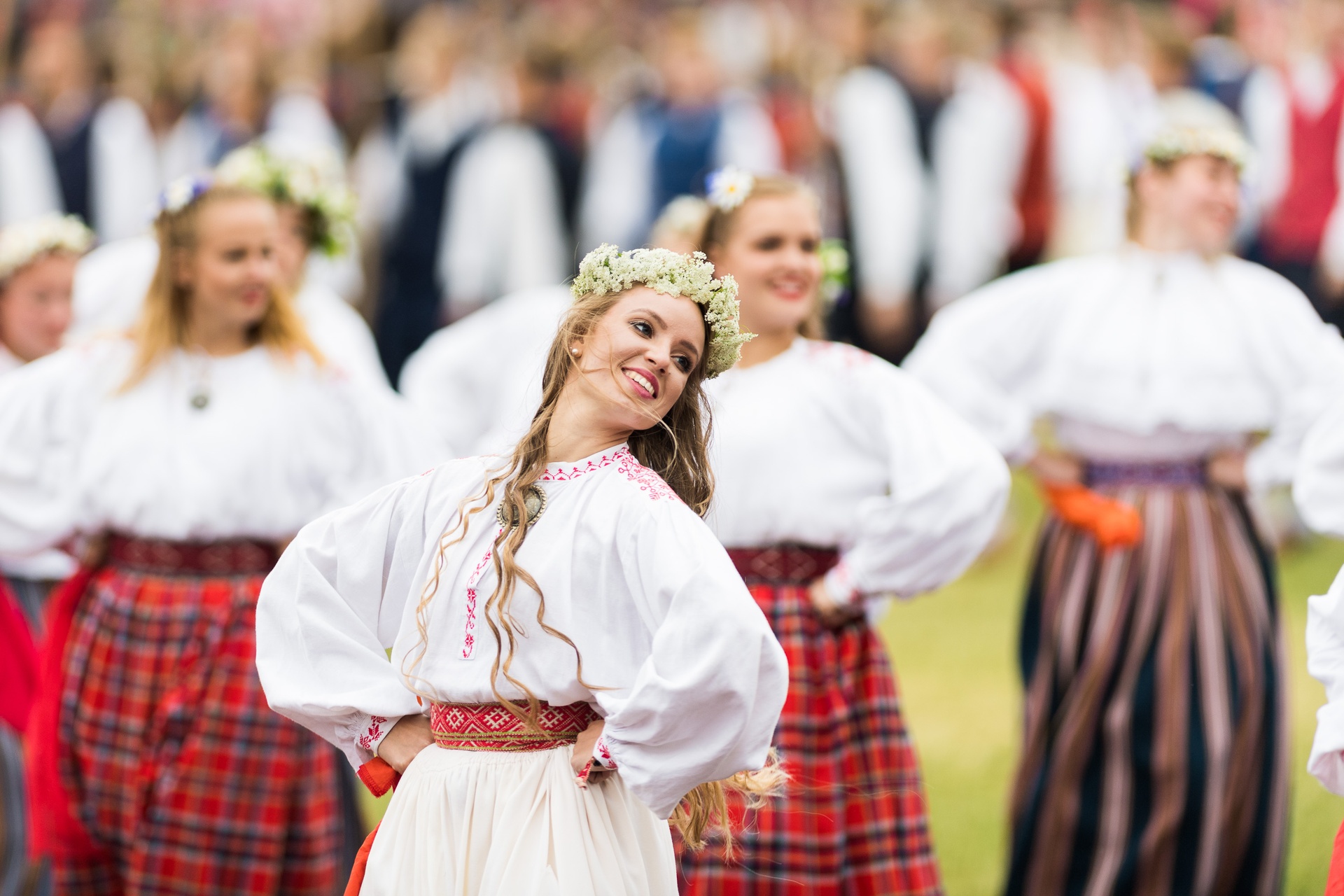 Situated between Eastern and Western Europe on the map, Estonia is also a border zone, or more accurately a crossing point, in terms of culture. In the traditions of these parts, one can find elements originating from the East as well as the West, but the Estonians mostly consider themselves a Northern people and conceptually bound to Scandinavia. Marginal and border cultures are where one can find the most interesting phenomena and combinations. In this regard, Estonia is a country of dozens of possibilities.
Situated between Eastern and Western Europe on the map, Estonia is also a border zone, or more accurately a crossing point, in terms of culture. In the traditions of these parts, one can find elements originating from the East as well as the West, but the Estonians mostly consider themselves a Northern people and conceptually bound to Scandinavia. Marginal and border cultures are where one can find the most interesting phenomena and combinations. In this regard, Estonia is a country of dozens of possibilities.
Interesting facts about Estonian culture:
- Estonian language belongs to the Finno-Ugric language family, which also includes Finnish and Hungarian.
- Ernest Hemingway has written that in every port in the world, at least one Estonian can be found. (This speaks volumes about the nation's enterprising spirit.)
- Despite its small population there are about one hundred different nationalities and ethnic groups represented in Estonia.
- Estonian Song Festivals have been held every five years for the past 130 years. The joint choir of the General Song Festival has the biggest number of singers in the world.
- Estonians have one of the biggest collections of folk songs in the world, with written records of 133,000 folk songs.
- Tallinn 2011 – for a year the Estonian capital city held the title of European Capital of Culture.
- The first daily newspaper was published in Tallinn as early as in 1675 (in England – 1702).
- Estonia is egalitarian – 51% of engineers and scientists are women (European Union average being 29%).
- The Estonian sense of humour is dark and very self-ironic reminiscent of English and Finnish humour. You can clearly see that in Estonian absurd-prone animations.
- There were many literate people in Estonia already in the 1850s – approximately 80% of the population. This figure exceeded almost all of the grand European civilised nations, the only equal ones being French and German.
- Calendar of cultural events
